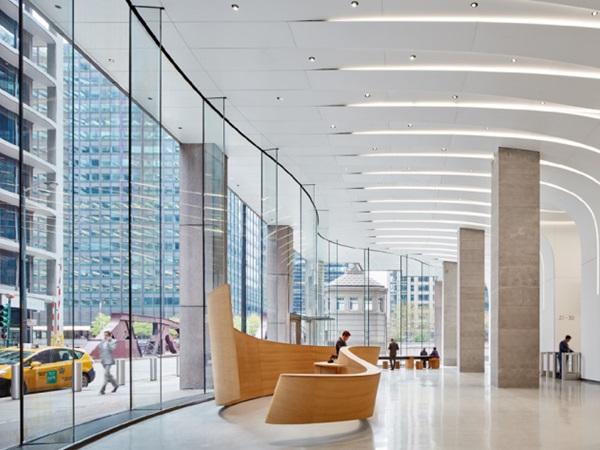Others also read
| A recent study by BV Glas and Stuttgart University outlines three pathways to achieve climate neutrality in the glass industry by 2045.
| This paper investigates the post-fracture spring-back effect and the post fracture behaviour in warm bent glass, aiming to assess its safe use in structural glass applications.
| This paper aims to quantify the savings achieved through the ERM of secondary layer addition to existing glazed facades, for a high WWR office building in cooling and heating dominated climate locations.
| This paper deals with the question of how old insulating glass units can be re manufactured to match the state of the art in terms of the energy efficiency.
| The thesis examined the barriers to recovering end of life glass from commercial projects in London, and identified the drivers that will open pathways for glass to be recycled.
| Increasing the circularity of flat glass does not only mean to collect glass cullet from internal and pre- consumer processes. It also means to use glass cullet from the post- consumer applications, such as residential or commercial buildings.
| This research examines the viability of recycling soda lime glass from post-consumer Insulated Glass Units (IGU), mixing various types of architectural glass cullet and fusing them into flat plates by using electric kilns.
| In order to minimize the environmental impact of glass by preserving the embodied carbon and substituting newly produced glasses, the reuse of glass is considered to be of the highest potential.
| ‘glass technology live’ will showcase a promising new development along with many other innovations.
| This article presents the metric avoided carbon for the reuse of aluminium unitised curtain wall façades, that are to be taken from a donor building and applied onto a receiving building.
| Structural sealant glazing systems are increasingly used in transparent glass constructions, but designing bonded joints still relies on outdated safety concepts, despite recent research proving the reliability of hyperelastic silicone bonds.
| A Composite Approach in the Design of Glass-Aluminium Facades to Minimise Embodied Carbon Emissions
| This study is part of a comprehensive research to develop a better understanding of the structural performance of Glass-GFRP composite façade panels.
| The purpose of this study is to investigate the stress distribution along the sealant joint of a cylindrically curved glass panel subjected to wind pressure and to establish if the panel curvature influences the stress distribution along the joint length.
| This paper is concerned with the design of a load-bearing adhesive joint for use in a fluid-filled insulating glass unit.
| The aim of this paper is to provide a better understanding of the effect of the permanent shear deformation on SSG joints.
| The research presents advantages and disadvantages for each different load type regarding interlayer chemical response.
| This paper presents the findings of the evaluation of an epoxy adhesive for structural glass to steel continuous bonds.
| Structural glazing joints in glass construction are subject to dynamic earthquake loads in certain regions.
| The Feasibility of Recycled Glass as a Building Material With Additive Manufacturing
| This work investigates the numerical modeling of two different UV-curing acrylate adhesives in terms of the bulk material and in the application as point fixing.
| This paper describes the design concept and research process of NEERO-Façade, including the development of an integrated façade fixing and the slim substructure design.
| The redeveloped CME Center lobby is defined by a striking, wavelike 24’ tall glass façade.
| The approaches proposed by planners and architects for adapting to climate change will be discussed at glasstec 2024 (22-25 October, Düsseldorf) at its Architecture Forum.
























